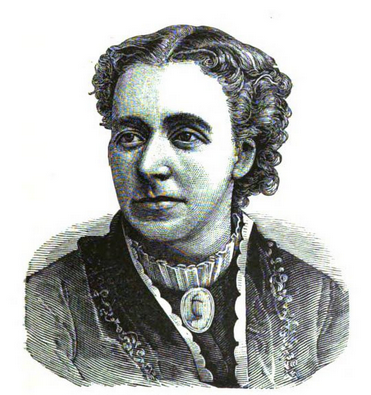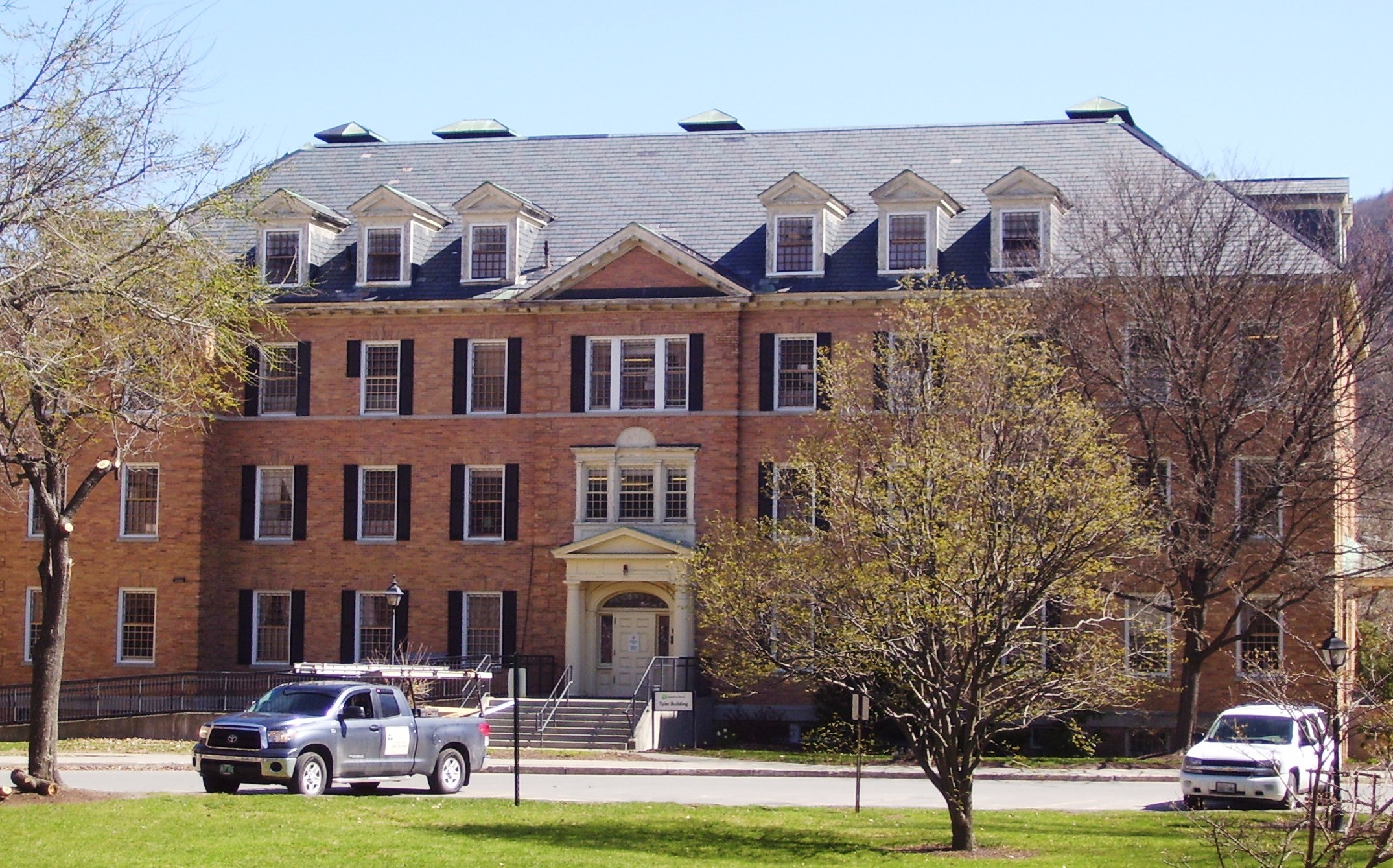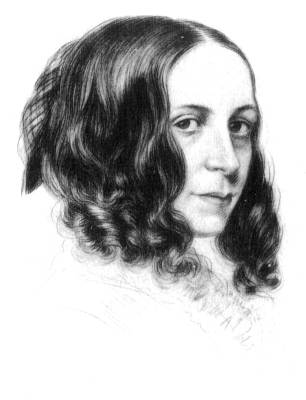|
White Ribbon Association
The White Ribbon Association (WRA), previously known as the British Women's Temperance Association (BWTA), is an organization that seeks to educate the public about alcohol, tobacco, and other drugs, as well as gambling. Founding of British Women's Temperance Association The British Women's Temperance Association (BWTA) was founded following a meeting in Newcastle upon Tyne in 1876 featuring American temperance activist "Mother" Eliza Stewart. Margaret Eleanor Parker, a founding member, served as its first president. The next president was Clara Lucas Balfour. Margaret Bright Lucas, who toured with Stewart during these meetings, succeeded as BWTA president in 1878. The BWTA achieved greater success under her successor, Lady Henry Somerset, but ultimately British temperance was destined to achieve less than its American counterpart. Lady Henry was succeeded by Rosalind Howard, Countess of Carlisle, known as "The Radical Countess" for her opposition to alcohol consumption. Lucas ... [...More Info...] [...Related Items...] OR: [Wikipedia] [Google] [Baidu] |
Margaret Eleanor Parker
Margaret Eleanor Parker (1827–1896) was a British social activist, social reformer, and travel writer who was involved in the temperance movement. She was a founding member of the British Women's Temperance Association (BWTA) in 1876, and served as its first president. Born in England, Parker resided in Scotland. She was a delegate to the 1876 International Organisation of Good Templars (IOGT) meeting which led to the formation of the BWTA. She was also instrumental in founding the World Woman's Christian Temperance Union (WWCTU). In 1881, she founded another type of women's association, one which focused on horticulture and supply, but it did not flourish. Parker described her travels in the Eastern United States in ''Six Happy Months amongst the Americans'' (1874). Early life Parker was born in England, 1827, of an old Tory or Conservative line. Career Her charitable activities began with paying off church debts and raising funds for "church extension." She worked fo ... [...More Info...] [...Related Items...] OR: [Wikipedia] [Google] [Baidu] |
Christina Marshall Colville
Christina Marshall Colville (, Christian Downie; April 10, 1852 – January 7, 1936) was a Scottish temperance leader. She served as president of the British Women’s Temperance Association (BWTA) (Scottish Christian Union). Biography Christian Downie was born at Copley, West Riding of Yorkshire, April 10, 1852. Her father was Provost Downie, J.P., of Kirkintilloch. She was educated in private schools and at Glasgow Free Normal College. On August 31, 1885, she married John Colville (1852–1901), M.P., of Motherwell, who was an active temperance worker. Colville worked in the temperance field for many years, and was prominent in various temperance societies. She served as president of the BWTA (Scottish Christian Union), having been elected to that office in 1915. She was also president of the Lanarkshire Christian Union, president of the Motherwell United Evangelistic Association, a director of the Scottish Temperance League, and a member of the executive committee of t ... [...More Info...] [...Related Items...] OR: [Wikipedia] [Google] [Baidu] |
Frances Julia Barnes
Frances Julia Barnes (April 14, 1846 – 1920) was an American temperance reformer. She served as General Secretary of the Young Woman's Branch of the Woman's Christian Temperance Union (WCTU). Early life and education Frances Julia Allis was born in Skaneateles, Onondaga County, New York, April 14, 1846. Her parents and ancestors were members of the orthodox society of Friends, of which she was a member. She was a friend of Frances E. Willard and Anna Adams Gordon. She received her early education in the schools of her native village and was finally graduated at the Packer Collegiate Institute in Brooklyn, New York. After her graduation, her family resided in Brooklyn, during which time she became interested in church and Sunday-school and mission work. Career On September 21, 1871, she married Willis A. Barnes, a lawyer of New York City, and made her home for a time in that location. In the fall of 1875, professional business called Mr. Barnes to Chicago, Illinois. Mrs. Barn ... [...More Info...] [...Related Items...] OR: [Wikipedia] [Google] [Baidu] |
Florence Balgarnie
Florence Balgarnie (19 August 1856 – 25 March 1928) was a British suffragette, speaker, pacifist, feminist, and temperance activist. Characterised as a "staunch Liberal", and influenced by Lydia Becker, Balgarnie began her support of women's suffrage from the age of seventeen. Early years Florence Balgarnie was born in Scarborough, North Riding of Yorkshire, England, on 19 August 1856. Her parents were Rev. Robert Balgarnie (1826–1899), a well-known Nonconformist minister of the South Cliff Congregational Church, and his wife, Martha Rooke. The family included two younger sisters, including one named Mary. Career Balgarnie was elected to the Scarborough School Board in 1883. It was here that Balgarnie developed her skills as a speaker. In her native town, she aroused high anticipations for her future career. Since coming to London, in 1884, or 1886, temperance was the subject which interested her the most, and the one on which she spoke with the greatest frequency. It wa ... [...More Info...] [...Related Items...] OR: [Wikipedia] [Google] [Baidu] |
Temperance Movement In The United Kingdom
The temperance movement in the United Kingdom was a social movement that campaigned against the recreational use and sale of alcohol, and promoted total abstinence (teetotalism). In the 19th century, high levels of alcohol consumption and drunkenness were seen by social reformers as a danger to society's wellbeing, leading to social issues such as poverty, child neglect, immorality and economic decline. Temperance societies began to be formed in the 1830s to campaign against alcohol. Specific groups were created over periods of time dedicated to the different aspects of drinking. For example, in 1847, the Band of Hope was created to persuade children not to start drinking alcohol. Most of these temperance groups were aimed at the working class. Temperance was also supported by some religious groups, particularly the Nonconformist Churches. Although the temperance movement met with local success in parts of Britain, it failed to impose national prohibition, and disappeared as a s ... [...More Info...] [...Related Items...] OR: [Wikipedia] [Google] [Baidu] |
Reigate Railway Station
Reigate railway station serves the town of Reigate, Surrey, England, on the North Downs Line. It is measured from via . The station is managed by Southern. History The original Reigate stations were located two miles from the town centre in a hamlet then known as Warwick Town but which later became Redhill. Red Hill and Reigate Road station was opened by the London and Brighton Railway on 12 July 1841. The nearby town was then served by a horse-drawn omnibus service operated by the railway. This was followed on 26 May 1842 by the South Eastern Railway (SER) Red Hill station (later misleadingly renamed 'Reigate'). Both these stations closed on 15 April 1844 when a new joint Redhill and Reigate station opened on the site of the present Redhill railway station. The current Reigate station opened 4 July 1849 with the opening of the branch line from Redhill to Reigate by the Reading, Guildford and Reigate Railway; the original station building from that time is still in ... [...More Info...] [...Related Items...] OR: [Wikipedia] [Google] [Baidu] |
Alcoholism
Alcoholism is, broadly, any drinking of alcohol that results in significant mental or physical health problems. Because there is disagreement on the definition of the word ''alcoholism'', it is not a recognized diagnostic entity. Predominant diagnostic classifications are alcohol use disorder ( DSM-5) or alcohol dependence ( ICD-11); these are defined in their respective sources. Excessive alcohol use can damage all organ systems, but it particularly affects the brain, heart, liver, pancreas and immune system. Alcoholism can result in mental illness, delirium tremens, Wernicke–Korsakoff syndrome, irregular heartbeat, an impaired immune response, liver cirrhosis and increased cancer risk. Drinking during pregnancy can result in fetal alcohol spectrum disorders. Women are generally more sensitive than men to the harmful effects of alcohol, primarily due to their smaller body weight, lower capacity to metabolize alcohol, and higher proportion of body fat. In a small n ... [...More Info...] [...Related Items...] OR: [Wikipedia] [Google] [Baidu] |
Residential Treatment Center
A residential treatment center (RTC), sometimes called a rehab, is a live-in health care facility providing therapy for substance use disorders, mental illness, or other behavioral problems. Residential treatment may be considered the "last-ditch" approach to treating abnormal psychology or psychopathology. A residential treatment program encompasses any residential program which treats a behavioural issue, including milder psychopathology such as eating disorders (e.g. weight loss camp) or indiscipline (e.g. fitness boot camps as lifestyle interventions). Sometimes residential facilities provide enhanced access to treatment resources, without those seeking treatment considered residents of a treatment program, such as the sanatoriums of Eastern Europe. Controversial uses of residential programs for behavioural and cultural modification include conversion therapy and mandatory American and Canadian residential schools for indigenous populations. A common feature of residenti ... [...More Info...] [...Related Items...] OR: [Wikipedia] [Google] [Baidu] |
Duxhurst Industrial Farm Colony
Duxhurst Industrial Farm Colony (1922, Lady Henry Somerset Homes; 1923, Princess Marie Louise Village for Gentlefolk) was a British voluntary in-patient residential institution for the treatment and cure of habitual alcoholic women. It was founded in 1895 at Duxhurst, near Reigate, Surrey, England, by Lady Henry Somerset. Lady Henry was the first woman in England to pay attention to the inebriety of women, and she founded, at Duxhurst, the first industrial farm colony for alcoholic women. Using gender-specific religious treatment, Duxhurst was the largest of the retreat institutions in England in its day. It was funded by Lady Henry with contributions from the National British Women's Temperance Association (B.W.T.A.) and the World's Woman's Christian Temperance Union (W.WC.T.U.). The colony combined the work of a retreat, under the Act of 1879, with that of a reformatory for selected cases. The experience of this colony proved that "committed" cases are usually of a ty ... [...More Info...] [...Related Items...] OR: [Wikipedia] [Google] [Baidu] |
Women's History Review
''Women's History Review'' is a bimonthly peer-reviewed academic journal of women's history published by Routledge. The editor-in-chief is June Purvis (University of Portsmouth) and Sharon Crozier-De Rosa is deputy editor. Abstracting and indexing The journal is abstracted and indexed in * America: History and Life * British Humanities Index * CSA Worldwide Political Science Abstracts * Historical Abstracts * Sociological Abstracts * Studies on Women and Gender Abstracts * Arts & Humanities Citation Index The ''Arts & Humanities Citation Index'' (A&HCI), also known as ''Arts & Humanities Search'', is a citation index, with abstracting and indexing for more than 1,700 arts and humanities journals, and coverage of disciplines that includes social an .... External links * English-language journals History journals Bimonthly journals Publications with year of establishment missing Routledge academic journals Women's studies journals {{womens-journal-stub ... [...More Info...] [...Related Items...] OR: [Wikipedia] [Google] [Baidu] |
Elizabeth Barrett Browning
Elizabeth Barrett Browning (née Moulton-Barrett; 6 March 1806 – 29 June 1861) was an English poet of the Victorian era, popular in Britain and the United States during her lifetime. Born in County Durham, the eldest of 12 children, Elizabeth Barrett wrote poetry from the age of eleven. Her mother's collection of her poems forms one of the largest extant collections of juvenilia by any English writer. At 15, she became ill, suffering intense head and spinal pain for the rest of her life. Later in life, she also developed lung problems, possibly tuberculosis. She took laudanum for the pain from an early age, which is likely to have contributed to her frail health. In the 1840s, Elizabeth was introduced to literary society through her distant cousin and patron John Kenyon. Her first adult collection of poems was published in 1838, and she wrote prolifically between 1841 and 1844, producing poetry, translation, and prose. She campaigned for the abolition of slavery, and her ... [...More Info...] [...Related Items...] OR: [Wikipedia] [Google] [Baidu] |
Boudica
Boudica or Boudicca (, known in Latin chronicles as Boadicea or Boudicea, and in Welsh as ()), was a queen of the ancient British Iceni tribe, who led a failed uprising against the conquering forces of the Roman Empire in AD 60 or 61. She is considered a British national heroine and a symbol of the struggle for justice and independence. Boudica's husband Prasutagus, with whom she had two daughters, ruled as a nominally independent ally of Rome. He left his kingdom jointly to his daughters and to the Roman emperor in his will. When he died, his will was ignored, and the kingdom was annexed and his property taken. According to the Roman historian Tacitus, Boudica was flogged and her daughters raped. The historian Cassius Dio wrote that previous imperial donations to influential Britons were confiscated and the Roman financier and philosopher Seneca called in the loans he had forced on the reluctant Britons. In 60/61, Boudica led the Iceni and other British tribes in ... [...More Info...] [...Related Items...] OR: [Wikipedia] [Google] [Baidu] |



.jpg)


